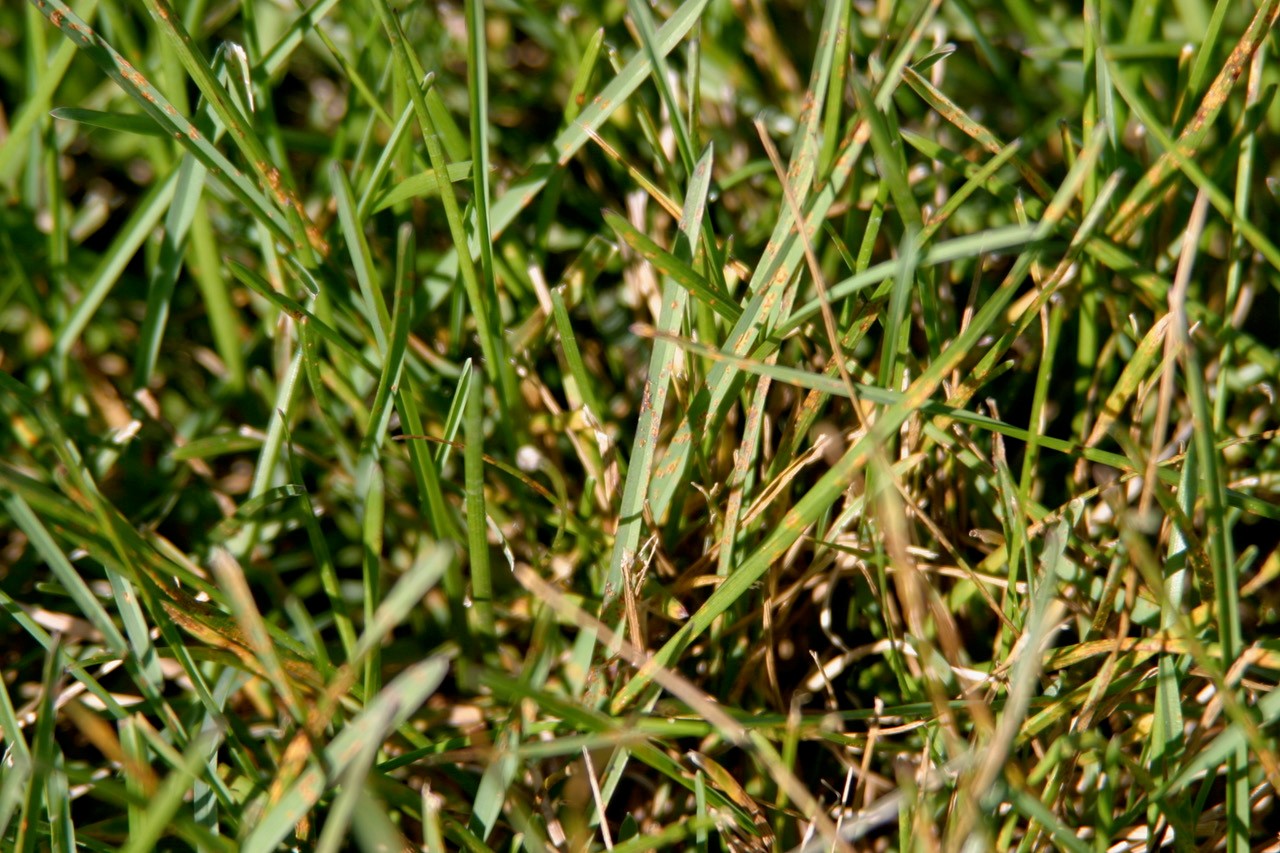Labor Day lawn chores
The Labor Day holiday signals the unofficial end to summer and is a great reminder that September is a key time for homeowners looking to spruce up the lawn.

The Labor Day holiday signals the unofficial end to summer and a great reminder that September is a key time for homeowners looking to spruce up the lawn. It’s a busy time of year with school starting, fall sports kicking into full gear, and of course lawn chores preparing for winter. Throughout most of Michigan, the summer provided plenty of stress on lawns. Diseases such as dollar spot, leaf spot, rust, brown patch and pythium blight were all present in addition to plenty of weed pressure from crabgrass and many others.
Weed control
Fall is the ideal time to control weeds because unlike the summer when weeds are focusing on top-growth, in the fall weeds are storing energy in their root system and are more susceptible to herbicide applications. It would be a good idea to control heavy weed populations now as weeds such as crabgrass will continue to produce seed throughout September before wrapping up their life cycle with the first frost. However, for broadleaf weeds such as white clover, black medic or ground ivy, if you can tolerate the weeds until late September or early October, that is the best time for a broadleaf herbicide application.
Apply herbicides on a sunny day when rain is not in the forecast for 24 hours. We want the herbicides to dry on the leaf surfaces and not be immediately washed off. Several different herbicides could be used including the most common three-way broadleaf weed control mixtures. As with any pesticide application, always make sure to wear the appropriate safety attire and follow all label recommendations.
Rust
In addition to weeds invading, I’ve also been noticing plenty of rust on turf. Rust is the disease homeowners notice when their white tennis shoes and white poodles traverse through the lawn and come back with a nice shade of bronzish orange. There are several types of rust: stem rust, crown rust, leaf rust and stripe rust. Generally, rust is considered a cosmetic turfgrass disease that, although it may discolor the turf, will not result in turfgrass death. Kentucky bluegrass cultivars, the most common lawn species in Michigan, vary dramatically in rust susceptibility. It’s common to have some lawns in the same neighborhood with severe rust infestations and other lawns with none. If your lawn is inundated with a severe case of rust, keep up on your mowing and a fertilizer application around the Labor Day weekend should help stimulate turf growth that will help diminish the impact of the rust.

Fertilizer application
A fertilizer application in early September will help the turf outcompete pests such as white clover and rust. Choose a fertilizer that has slow-release nitrogen in the analysis such as sulfur coated urea, polymer coated urea, methylene urea or a natural organic source. I would generally avoid applying 100% fast release nitrogen fertilizers such as urea at this time of year as they can force too much top-growth that results in more mowing and reduced rooting. Fertilizing around Labor Day will result in moderate top-growth and give the turf some extra energy to develop roots and improve density.
Seeding
If you’re thinking about seeding any bare areas in the lawn this fall, now is the time to get started. Reduced weed competition from summer annuals such as crabgrass, cooler temperatures and shorter day length that results in less time for soil drying all facilitate turf establishment in the fall. In many cases, home lawns don’t need complete reestablishment, but only reseeding of small areas or inter-seeding into a thin lawn to increase density. Please see my Michigan State University Extension article on tips for seeding lawns in September.



 Print
Print Email
Email
